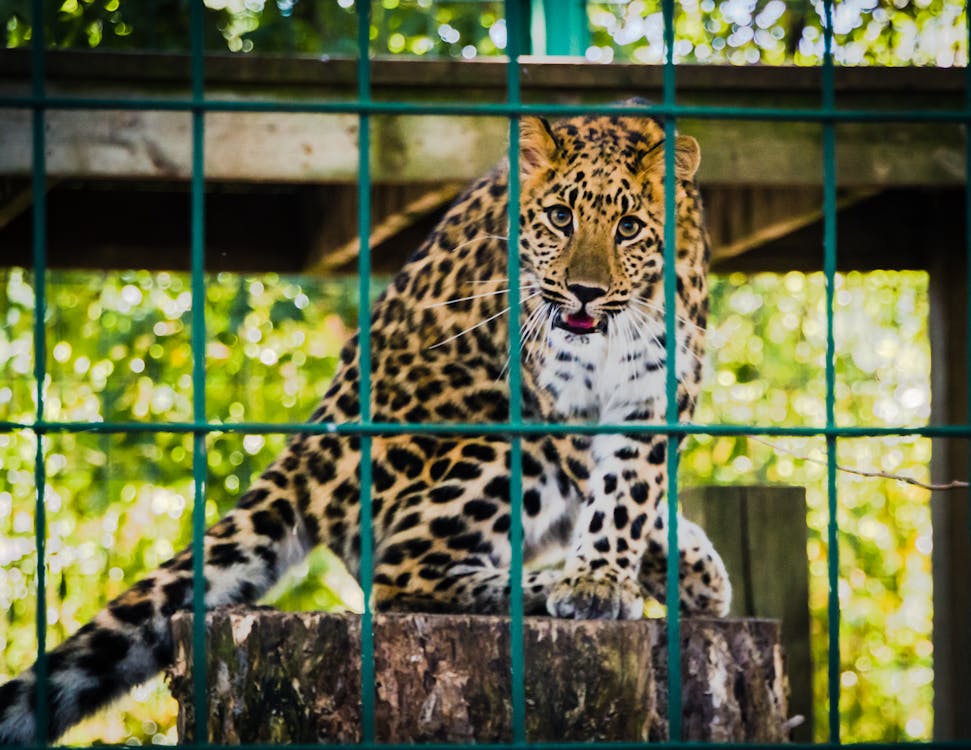One of the major focus-areas of our consulting practice is helping companies innovate by re-connecting with customer needs in order to bring new “high-traction-breakthrough-offers” to market. Remarkably, a significant majority of these clients are corporates (or large organizations) who feel a sense of urgency around this subject and look to entrepreneurship and startup-incubation as a key way to make it happen. Why is this the case? – the answer has many dimensions but is mostly centered on the need to break out of the rigidity, stagnation and incrementalism that characterizes large organizations and instead embrace the behaviors intrinsic to entrepreneurship – risk taking, customer-centricity, breakthrough-ideas, speed, growth, etc…
While this logic intuitively makes sense, realizing it “in practice” proves to be extraordinarily difficult and often elusive. In fact, it often ends in frustration, disillusionment, performance far below expectations, and significant resources wasted chasing a pipe-dream. Why?

To answer this question, it’s important to zoom out to get a perspective on the real problem and the daunting challenge it represents. I’d like to introduce you to two analogies, or parables, that I believe help visualize and internalize the dilemma (each of them bring light to different elements of the problem):
- Building a Jungle-Animal-Habitat in the City – imagine being given this mission in the middle of New York City. This would be an extraordinarily difficult and require an immense amount of compromises (essentially building a zoo) – artificial habitats, confined spaces, imported non-local nutrition, specially skilled workers, etc… The bottom line is that combining a foreign habitat with a local ecosystem is immensely challenging and only possible with significant “artificial support”, barriers/protections, and concessions.
- Speedboat Chained to an Aircraft Carrier – imagine the USS John F. Kennedy (1,092 feet in length and 100,000 tons) built as a giant platform whose core function is to be a resource- & operational- base for battle. Its key attributes are stability, capacity, reach and range that require a complex set of hierarchy and processes to operate what is essentially a “floating airport.” On the other hand think of a speedboat – small payload, speed, short distances, few people, etc. Now imagine the strange thought of them chained together… the speedboat can do whatever it wants to do until it gets to the end of the chain…then it’s going the same speed as the aircraft carrier.
If understanding the problem is fifty percent of the solution (and, yes…some exist!), I hope these parables begin to spark your thinking regarding the multi-dimensional challenges facing “corporate entrepreneurship” (a term which most would agree is full of tension & paradox). In future articles we will attempt to highlight and explore some of these dimensions & ramifications at a deeper level.
However, to further provoke your thinking on the the problem and its application to real life, I’d like to leave you with a few questions – 1) how long is the “entrepreneurship-chain” in your organization at which your innovation efforts are bound by the same constraints as the mother ship?, 2) whats is the list of specific factors that make up these constraints/compromises? (we’ll explore these constraints, and what to do about them, in future posts).
picture: www.pexels.com




